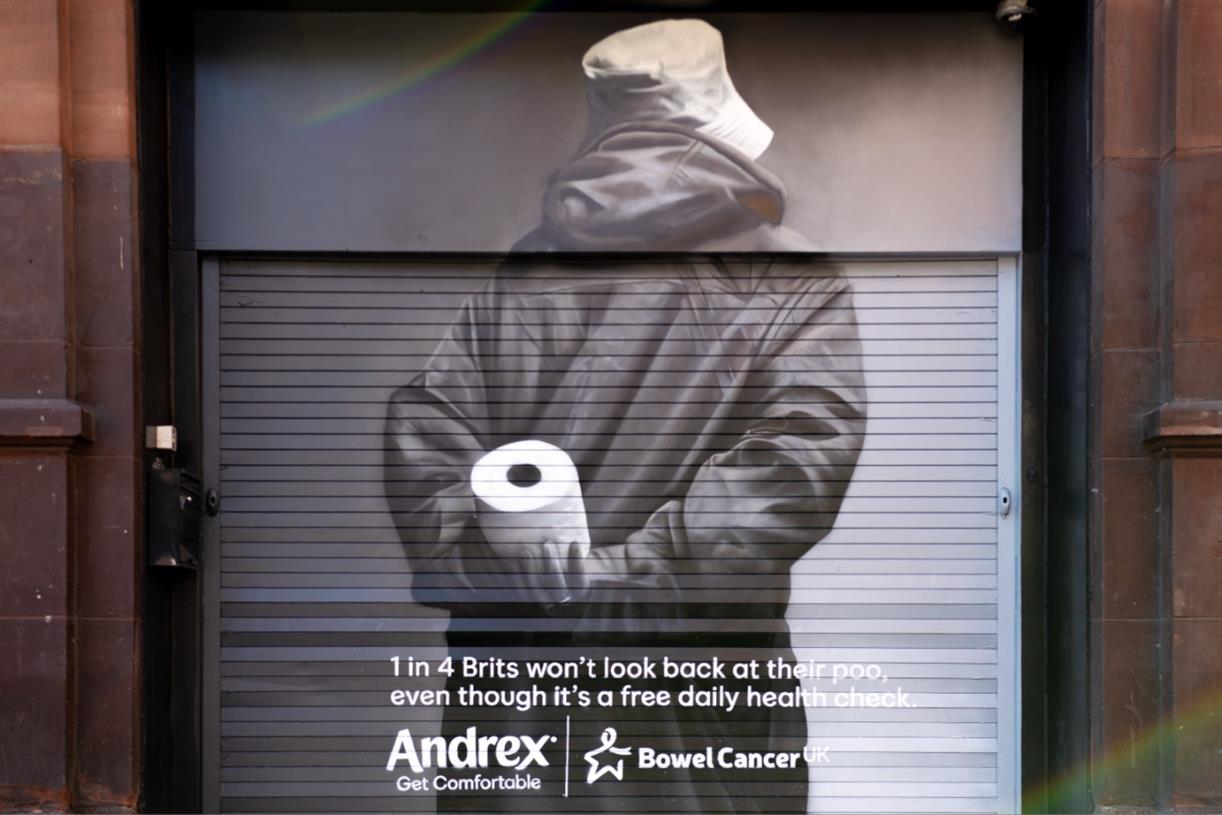LinkedIn Outlines Improved Semantic Search Capacity
Wondering if you should add hashtags to your LinkedIn posts? This will help.

Earlier in the year, we published a post which looked at the use of hashtags on LinkedIn, and whether you actually need to add hashtags to your posts anymore.
LinkedIn has had a mixed relationship with hashtags, initially resisting them for a long time, then adding them, then taking them away, only to add them again in 2018, when it put a bigger emphasis on hashtag use for discovery.
But since then, LinkedIn’s sent mixed messages about the need for tags, including phasing them out from its Creator Mode on-profile displays. So we asked LinkedIn if hashtags are necessary, and LinkedIn’s response was that hashtags can assist in discovery, but its algorithms also now consider a broader range of contextual cues in matching search queries.
And today, LinkedIn’s provided more context on exactly that, with a new engineering overview of its Search system, and the evolution of its tools to incorporate semantic matching, i.e. using a broader range of elements to respond to search prompts.
As explained by LinkedIn:
“Taking a look at our own capabilities, we observed that we had some room for improving our content search results for complex queries. At times, we were either returning no posts since we did not have any posts that contained all of the keywords in a query, or we were returning posts that contained all of the keywords in the query but did not correctly answer the question due to our lack of conceptual understanding of the query. However, our analysis showed that we often did have posts in our search index that could provide a correct answer, even if they didn’t contain all of the keywords in the query. This motivated us to introduce semantic matching capability in our content search engine.”
The overview explains how LinkedIn has now built in more elements to understand and respond to search queries, both in relation to the overall query text (including concepts not just keywords) and personalization, based on past engagement.
LinkedIn measures the performance of these updated queries based on topic matching and dwell time, indicating relevance of the provided match.
And the results have led to significant overall improvements in discovery:
“Our new content search engine with semantic capability has made it possible to answer complex queries like “how to ask for a raise?”, and improved on-topic rate and long-dwells by more than 10%. We also observed a positive impact on LinkedIn's sitewide sessions, as members are more likely to engage with the platform when they get better search results.”
So, does that mean that you actually don’t need to use hashtags anymore, since LinkedIn’s discovery system is now getting better at matching queries based on more than just keywords?
In a word, yes. Based on these improvements, you probably don’t need hashtags like you used to, and if you’ve mentioned a keyword in a post, adding a hashtag of the same term is probably not improving your chances of discovery.
Essentially, LinkedIn’s search algorithm is now smarter, and takes in a broader range of elements from your posts, in order to better align with queries. So even if you don’t have the exact right hashtag, the system will likely still be able to match your content up.
So, my advice would be don’t include a hashtag if it’s replicating a term already included in a post, and don’t go too crazy on tags overall, because they’re probably not adding a heap anyway.
You can read more about LinkedIn’s semantic search update here.

 Koichiko
Koichiko 












_1.jpg)



















